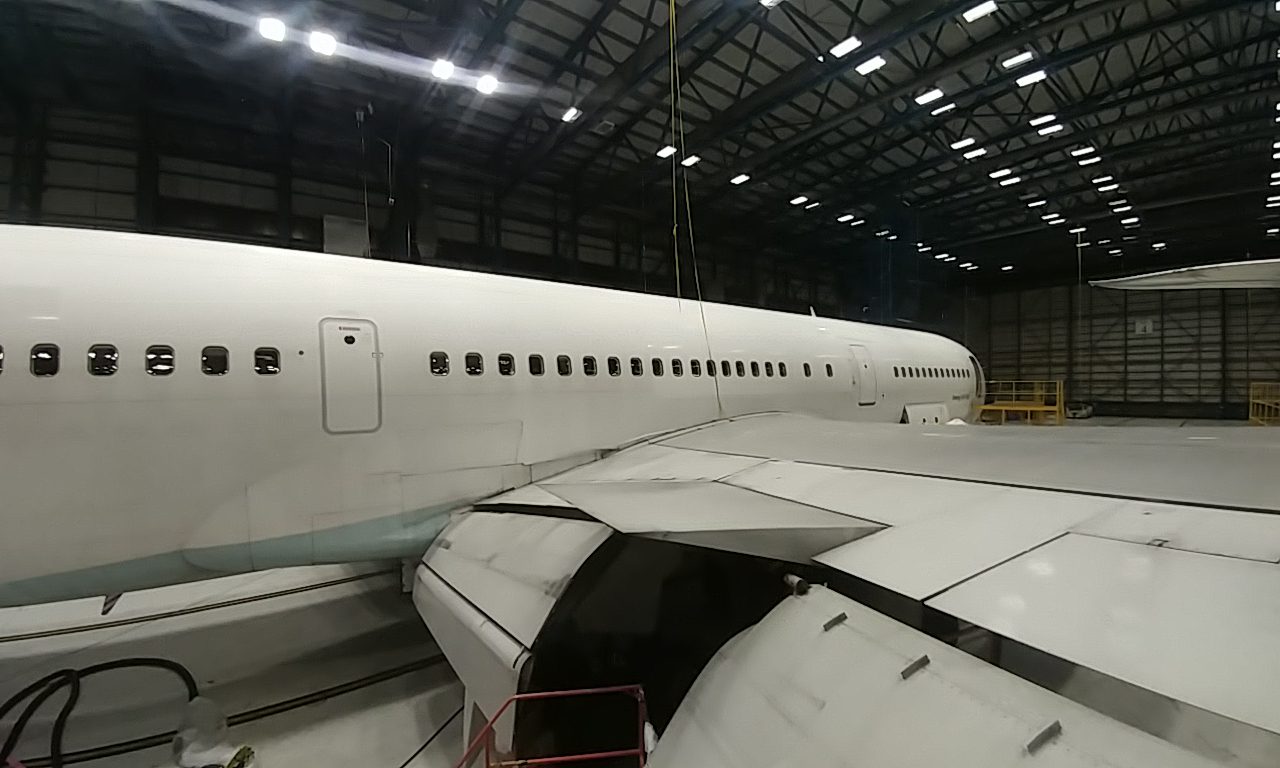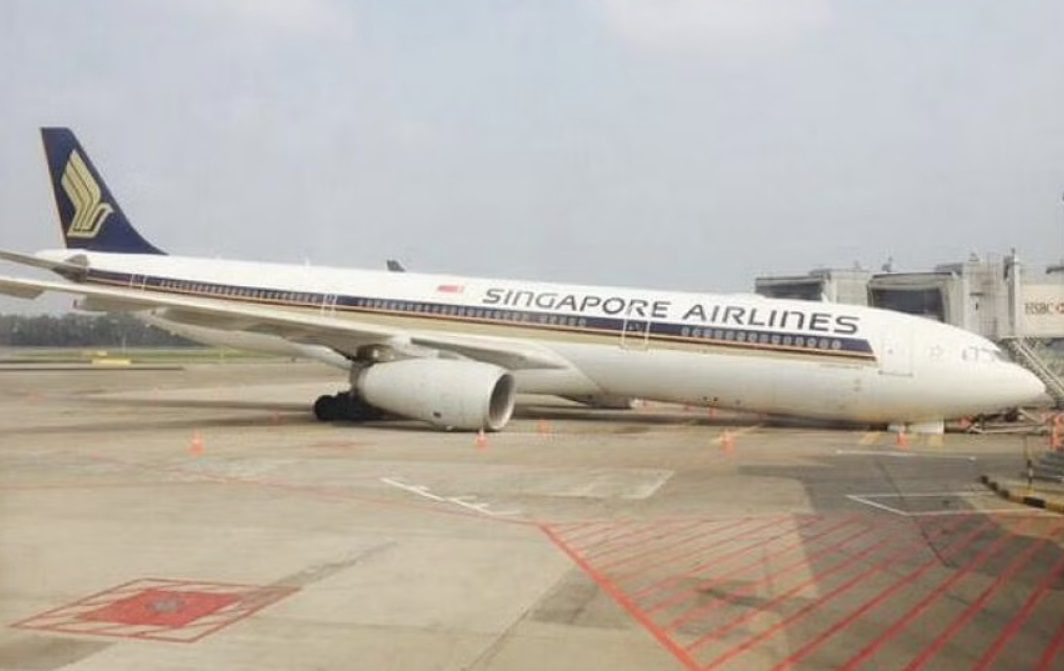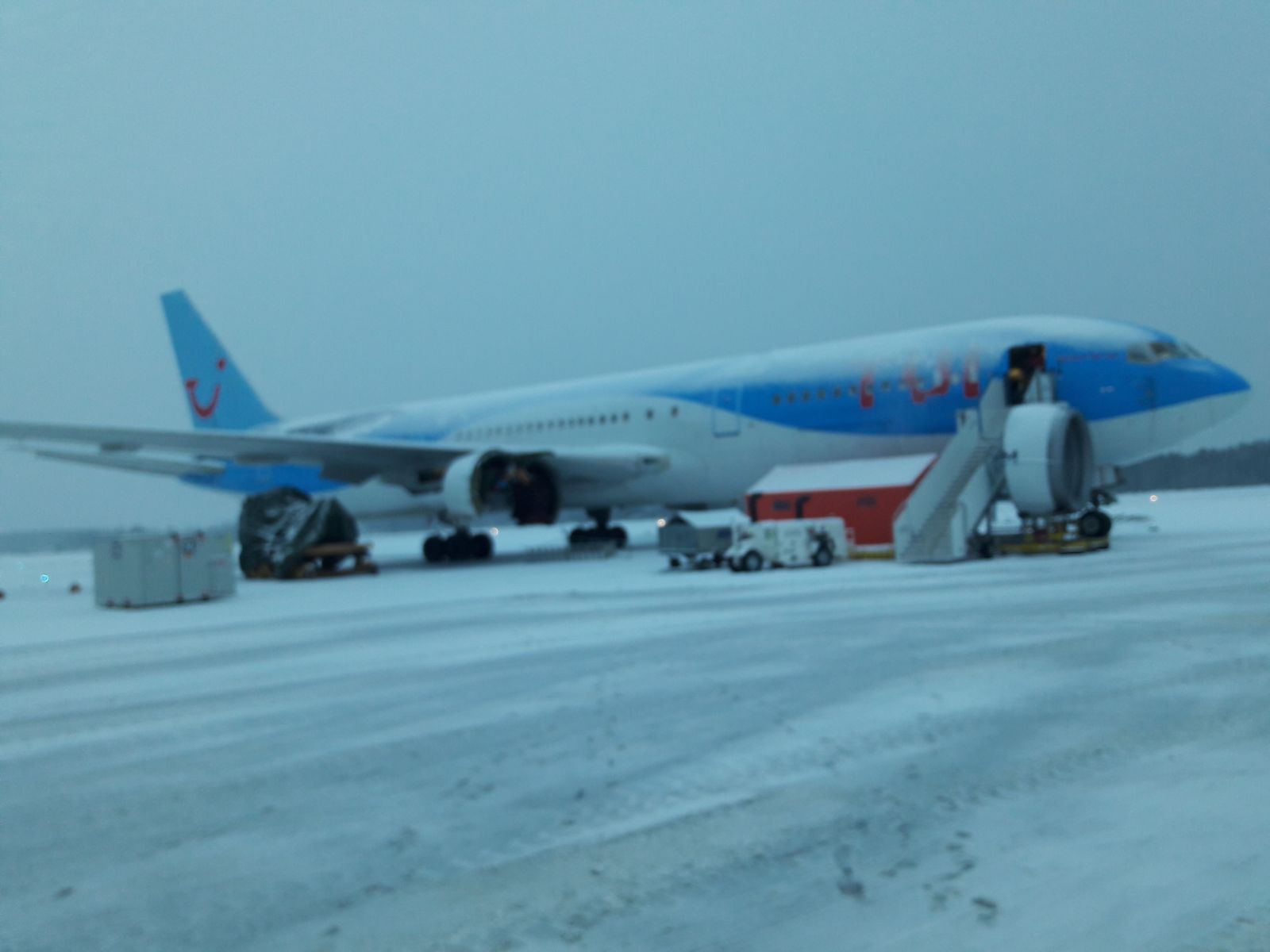In the aviation industry, safety and reliability are paramount, complex system of maintenance operations ensures that aircraft are airworthy, and passengers reach their destinations safely. At the heart of this system are two key components: the AMP (Aircraft Maintenance Program) and the LDND (Last Done Next Due) tracker.
The AMP is the roadmap for aircraft maintenance, detailing every task required to keep the aircraft airworthy along with its interval (when to repeat it) and threshold (when to initially carry it out). From routine inspections to major overhauls, the AMP specifies what needs to be done and when and managing the AMP is no simple task. It involves tracking countless components with varying lifespans and maintenance requirements – this is where the Last Done and Next Due (LDND) comes in.




